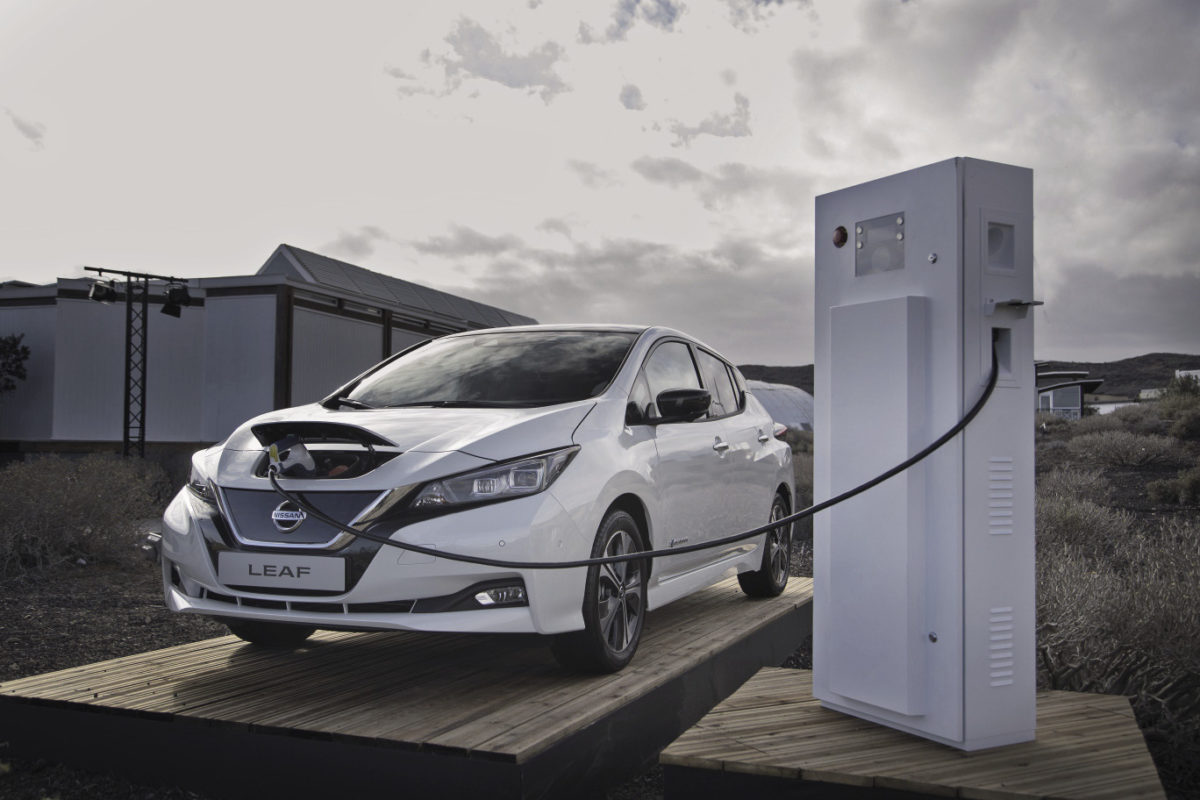The International Energy Agency (IEA) has highlighted the magnitude of the changes affecting the electricity sector by presenting visions of the future electricity market, with the level of electrification rising in all three.
Industrial processing, space heating and transport offer great potential for electrification, meaning an higher utilization rate of renewable energy is possible in these areas.
The transformation the energy system is undergoing costs around $807 billion per year, and the share of power sector investments that depend on full or partial revenue guarantees, established by regulation, is likely to remain high.
Investment allocation
According to the IEA's new report, renewable energy accounted for 60% of investment in generation capacity over the past decade, and the trend is set to continue until 2040, at which point it will take a 70% share, for an average annual investment of $350 billion over the next 20 years.
PV leads the pack, with average investment of $120 billion per year, 30% of it in China. Falling system costs are not hampering the technology’s leading position, with the IEA forecasting solar will continue to attract the largest amount of investments up to 2040.
Wind attracts $110 billion annually, hydro $73 billion; nuclear, gas and coal-fired power plants around $50 billion each; and battery storage $13 billion.
Network investment averages $360 billion per year, to reinforce grids, connect new generation capacity, expand regional trade, and provide access to 510 million people. In heavily regulated markets, that may mean risks of continued overinvestment, and to affordability, the report says.
Depending on which of the three IEA scenarios applies, investment in renewable energy amounts to $361-616 billion per year, compared to fossil fuel backing, which it is forecast will account for around $90 billion per year.
The report's authors predict growing electrification means energy security will encapsulated in electricity security, with flexibility as important as power output and capacity. As a result, network infrastructure investment will add up to $387-462 billion, taking a significant share of power sector investment.
Popular content
Displacing fossil fuels
The IEA predicts gas-powered electricity will increase in all three scenarios. In the ‘new policies’ scenario (NP), gas-fired electricity generation increases by 1.9% per year whereas in the ‘future is electric’ scenario (FiE), growth is expected to reach 2.9% per year. Against a backdrop of rising CO2 prices, the agency forecasts in its ‘sustainable development’ scenario, gas use for power generation will peak before 2030 and decline to a level 10% lower than today, by 2040.
Oil is a less daunting foe, with the agency pointing out advances in electrifying transport will drastically reduce its use, with oil not primarily used for electricity generation.
The report predicts rising household electricity bills in all three scenarios, partly because the proportion of electricity in household energy consumption will rise 25-60% up to 2040. The IEA adds, the fixed costs to recover network and power plant investment will more than offset potential reductions in fuel costs as a result of higher renewable energy penetration.
Environmentalists will be dismayed to see few predicted benefits from increased electrification, with the IEA's most ambitious, FiE scenario, bringing marginally fewer carbon emissions than the most pessimistic, NP prediction.
Growing electricity demand
Electricity has expanded its share of the world’s energy consumption by two percentage points per decade since 1980, to reach 19% last year, according to the IEA. The report forecasts the NP scenario would perform at a similar rate up to 2040. The FiE scenario calculates, if non-economic barriers for electrification were removed, key sectors including transport and manufacturing industries could be electrified at a faster pace, doubling electricity demand by 2040, to around 42,000 TWh.
The move towards a more digital, interconnected world is driving electricity demand, the agency adds. The increasing consumption of smart home appliances, watches and telephones will contribute an additional 6% to the electricity demand in 2040.
Solar could emerge as the winner, the IEA writes in its report. Depending on the scenario, the agency forecasts annual growth of 100-150 GW per year for PV. However, due to the ever-rising demand, that is unlikely to see PV displace other generation sources, with coal and other fossil fuel use remaining flat. The IEA says only the introduction of carbon pricing will see coal generation replaced by solar and other renewables.
This content is protected by copyright and may not be reused. If you want to cooperate with us and would like to reuse some of our content, please contact: editors@pv-magazine.com.



By submitting this form you agree to pv magazine using your data for the purposes of publishing your comment.
Your personal data will only be disclosed or otherwise transmitted to third parties for the purposes of spam filtering or if this is necessary for technical maintenance of the website. Any other transfer to third parties will not take place unless this is justified on the basis of applicable data protection regulations or if pv magazine is legally obliged to do so.
You may revoke this consent at any time with effect for the future, in which case your personal data will be deleted immediately. Otherwise, your data will be deleted if pv magazine has processed your request or the purpose of data storage is fulfilled.
Further information on data privacy can be found in our Data Protection Policy.